There’s something about wood shake roofs for homes that just feels absolutely timeless. That textured, natural look? Pure rustic beauty. It’s easy to see why they’ve become a popular choice for many homeowners. But like anything else, they’re not perfect for everyone. At Maupin Roofing, we’ve seen the good, the bad, and the high-maintenance, so here’s what to know before you commit.
What Is a Wood Shake Roof?
Wood shakes are carefully crafted pieces of wood cut straight from logs like cedar, cypress, or sometimes redwood or pine. What makes shakes different is how they’re manufactured. Unlike shingles (which are smooth and cut by machine), wood shakes are hand-split logs, giving them a more rustic aesthetic and natural texture. No two pieces are ever exactly the same.
A Quick Look at How They’re Made
The process starts with the collection of logs, usually western red cedar, which is loved for its natural resistance to rot and bugs. Those logs then get split into thick sections. The best ones are hand-split shingles or shakes, shaped to have that deep, textured appearance that many homeowners like. There are also sawn versions that are a little more uniform if you’re not looking for something too rustic. From there, shakes undergo chemical treatments for fire, moisture, and mold resistance.
Wood Shake Roofs vs. Wood Shingle Roofs
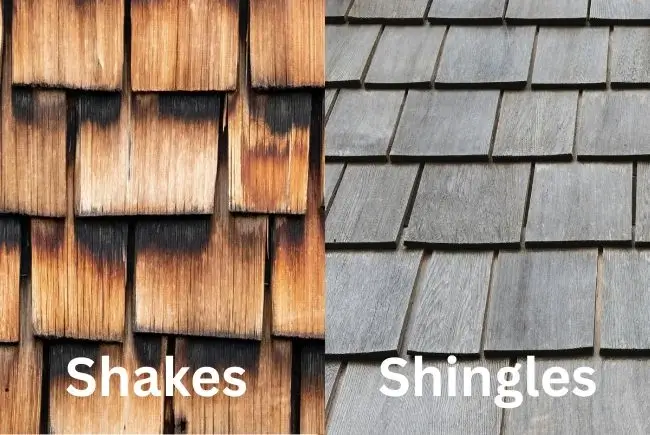
People mix wooden shingles and wood shakes up all the time, and it’s easy to see why. They’re both wooden, and from a distance, they might look similar. But the differences are quite big once you get up close.
Thickness and Texture
Wood shakes are chunkier and have more texture. That’s because they’re split, not sawed. You get this naturally jagged, slightly uneven face that gives the roof dimension. Wood shingles, on the other hand, are thinner and cut evenly on both sides. They lay flatter, which means the finished roof looks smoother and more uniform.
Sturdiness
Since shakes are thicker, they’re more durable and last longer (sometimes 10 years longer) if properly installed and maintained. They’re also better at resisting hail and wind damage, which comes in handy here in Oklahoma.
Cost and Installation
Individual shakes are harder to install and cost more in material and labor. Shingles are easier and quicker to work with, so the overall price is usually lower. But again, that’s the tradeoff for looks and sturdiness.
Various Types of Wood Shake Roofs
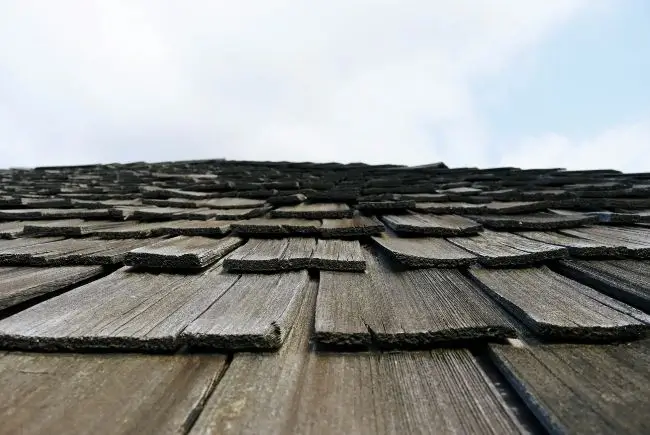
Wooden shakes come in different styles, and here are some of the most common and popular ones:
Hand-Split Shakes
These are the most traditional type of wood roofing, and some would even say these are the most beautiful. They’re made by splitting a block of wood along the grain, which gives the front side a rough, deeply textured appearance. Then the back side is sawn flat so it can lie more securely on the roof. Hand-split shakes have thick, uneven ridges that cast shadows and give the roof a dramatic, almost sculptural look.
Tapersawn Shakes
Tapersawn shakes are kind of the middle ground between wood shingles and hand-split shakes. They’re sawn on both sides, just like shingles, but they’re thicker. They’re usually installed in overlapping rows like traditional shakes.
Because they’re fully sawn, these shakes have a smoother, more uniform appearance than hand-split options. From a distance, they resemble wood shingles, but with a bit more thickness and depth. The clean lines make them a great choice for homeowners who like the idea of a wood roof but want something a little more polished.
Straight-Split Shakes
Straight-split shakes are split on both sides and never touched by a saw. That means they have a completely rough surface on both faces, with lots of grain texture and natural imperfections. These shakes highlight a raw, rugged aesthetic.
Since both the front and back are split, the shakes have an even chunkier look than hand-split and resawn ones. They have the most irregular surfaces of all shake types, making the finished roof look weathered, dramatic, and deeply textured. This is the kind of roof you’d expect to see on a historical home restoration, a rustic log cabin, or even a barn conversion.
Edge-Grain Shakes
Edge-grain refers to how the shake is cut relative to the growth rings of the tree. Edge-cut shakes are cut perpendicular to the tree rings, which creates a very stable and durable piece of wood. They have a consistent appearance and are less likely to warp, cut, or split.
The grain is tight and straight, which gives the roof a more uniform pattern over the years, especially if the shakes are hand-split. Visually, they can look a little more “clean” than flat-grain alternatives, even though they may still have a textured face.
Flat-Grain and Slash-Grain Shakes
Flat-grain shakes are cut parallel to the growth rings of the tree. These are typically the most affordable shakes, but also the most prone to movement over time. In terms of appearance, flat-grain shakes have a more varied look. Some pieces may show wider grain lines, swirls, or softer textures. Because of the cut, the surface tends to be a little more unpredictable. That’s not necessarily a bad thing, though, because it can give the roof more visual interest.
Benefits of Wood Shake Roofs for Homes
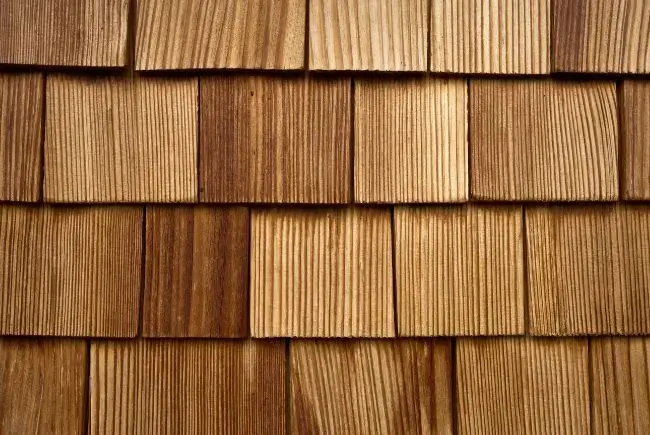
There’s a reason wood shakes are still a popular choice despite the added maintenance and responsibilities that come with having them installed. Check out some of the pros of getting a wood shake roof for your home:
Unique and Natural Beauty
If curb appeal and a stunning, rustic appearance matter to you, wood shakes deliver! They’re full of texture, character, and charm. They don’t just sit on your roof like asphalt shingles do—they have depth, they cast shadows, and they make your whole house feel warmer and more inviting. And since no two shakes are exactly alike, your roof ends up with an appearance that’s quite unique.
Environmentally Friendly
Wood shakes are made from a renewable resource: trees. And many of today’s shake producers harvest their wood responsibly from managed forests. Additionally, unlike asphalt shingles (which end up in landfills), wood naturally decomposes. So when it’s finally time to replace your roof, you’re not leaving a pile of waste behind.
Long Lifespan (When Treated Right)
A good cedar shake roof can last 35-50 years if it’s installed well and maintained regularly. That puts it right up there with higher-end materials like metal or tile. It’s not quite a “set it and forget it” kind of roof, but it’s quite durable once it’s in place.
Proper ventilation, regular inspection, and replacing damaged shakes here and there can go a long way in extending its life.
Natural Insulation Gives You Lower Energy Bills
Wood is a natural insulator, which automatically helps keep your home energy efficient. That means it keeps your home cooler in the summer and warmer in the winter. For those in the Oklahoma City area dealing with hot summers and icy cold snaps, that’s no small thing.
Disadvantages of Wood Shake Roofs for Homes
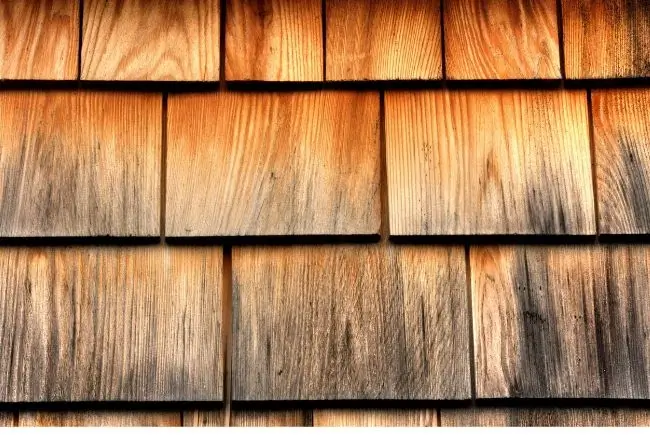
As much as we love a good wood shake roof, it’s only fair to talk about the not-so-great parts, too. Generally, these roofs take a little more commitment than your average asphalt shingles. So, check out some of the potential downsides so you’re fully informed before making the switch:
Expensive Costs
Wood shakes cost more than other roofing materials. Between the materials themselves and the specialized labor required to install them, you’re looking at a bigger initial bill. The cost still depends on your roof size and the type of shake you use, so it’s best to get a free estimate from Maupin Roofing before you get started with the project.
They Need More Maintenance
Wood shakes aren’t low maintenance. They need regular cleaning, inspections, and occasional treatment to prevent mold, mildew, and rot, and to help protect them from the elements. Leaves and debris need to be cleared off regularly. You’ll also want to keep an eye out for any cracked or curled pieces.
Fire Risk (Unless Properly Treated)
Wood is flammable, which is something you should take into account, especially if you live in wildfire-prone areas. The good news is that most modern shakes are treated with fire-retardant chemicals that give them a Class B or Class A fire rating. Still, you’ll want to double-check your city’s building codes or HOA rules to make sure they’re allowed where you live.
Wood Shakes and Shingles vs. Popular Roofing Materials
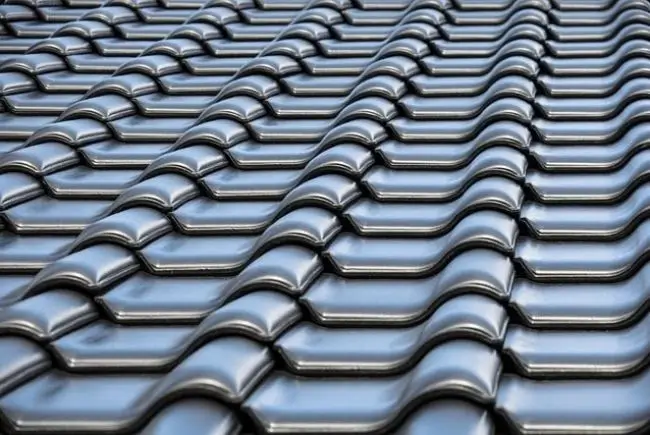
Maybe you’re still on the fence and want to compare wood shakes with other popular roofing materials. We’ll talk about some things you should know about various types of roofing so you can narrow down your choices and make the best pick.
Wood Shakes vs. Asphalt Shingles
Look | Wood wins in terms of uniqueness and rustic beauty compared to asphalt, which is flatter and more uniform. |
Cost | Asphalt is way cheaper, usually a third of the price of wood. |
Lifespan | Wood shakes last longer if maintained, while asphalt shingles usually need replacing after 20-30 years. |
Maintenance | Asphalt is low-maintenance and requires less upkeep, making it more homeowner-friendly for people who don’t want to deal with maintenance. |
Wood Shakes vs. Metal Roofing
Lifespan | Both are strong contenders. Metal can last 40-70 years, while wood shakes can last 35-50 years. |
Weight | Metal is lighter and easier on the roof framing. |
Look | Wood has more texture and warmth, while metal is clean and modern. |
Wood Shakes vs. Synthetic/Composite Shakes
Maintenance | Composites don’t require the same level of care as natural wood shakes. |
Look | They come close, but real wood still wins for texture and authenticity. |
Lifespan | High-quality synthetics can outlast natural wood, but you lose that natural texture. |
Want to Switch to a Wood Shake Roof? Maupin Roofing Can Help!
With over 35 years of experience in the roofing industry, you can rely on Maupin Roofing, one of the most trusted roofing companies in OKC. If you need cedar shake, shingles that stand up to the weather, or just honest advice about what works best, let’s talk!
Get a free estimate today by filling out our contact form or reaching us at (405) 703-3843.

Green Roofs for Commercial Properties: Suitability, Types & Benefits
Green roofing systems replace or layer over traditional materials with soil, native plants, and engineered drainage systems that allow the roof to become a living
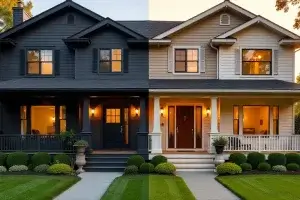
Boosting Curb Appeal with Exterior Colors: 12 Color Combos to Try
Before anyone notices your landscaping or your roofline, they notice color, which is why boosting curb appeal with exterior colors is such a powerful move.
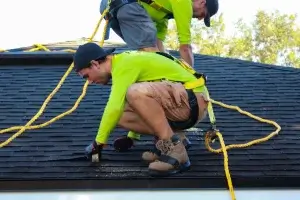
Residential Roof Maintenance Tips for Longevity
Your roof does more than cap off your home. It shields everything beneath it from Oklahoma’s heat, high winds, ice storms, and heavy rain. That’s
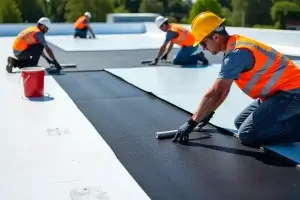
Modified Bitumen Roofs for Commercial Use: What to Know
Modified bitumen roofs for commercial use have become one of the most trusted options for flat and low-slope buildings for over a century. At Maupin
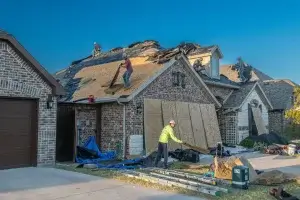
New Roof Installation Guide for Homeowners
As pros in the roofing industry, we know what really goes into a well-built roof and what can go wrong when corners are cut. A
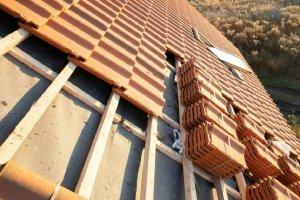
Best Time to Install a New Roof in Oklahoma
Something we often see is homeowners waiting too long to replace a worn-out roof, only to get caught in the middle of inclement weather or

